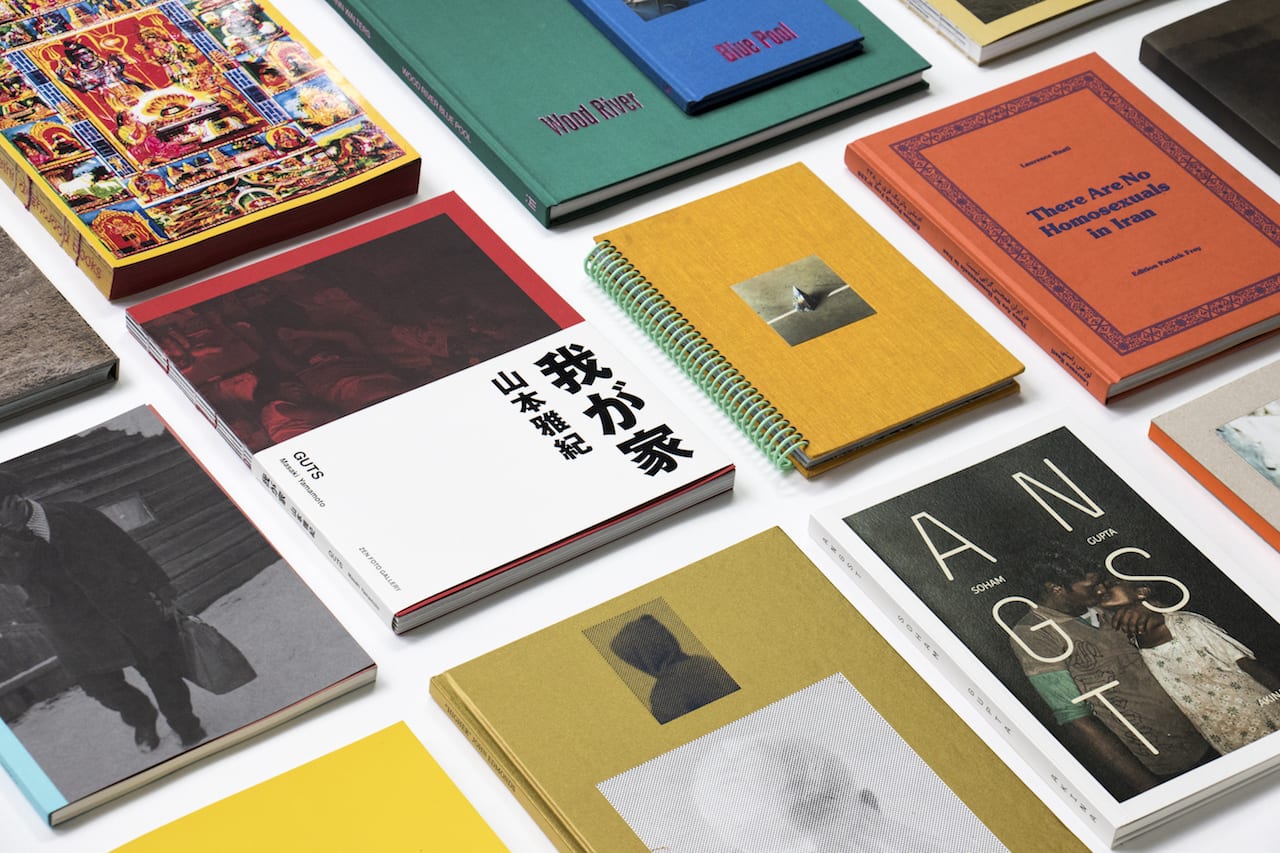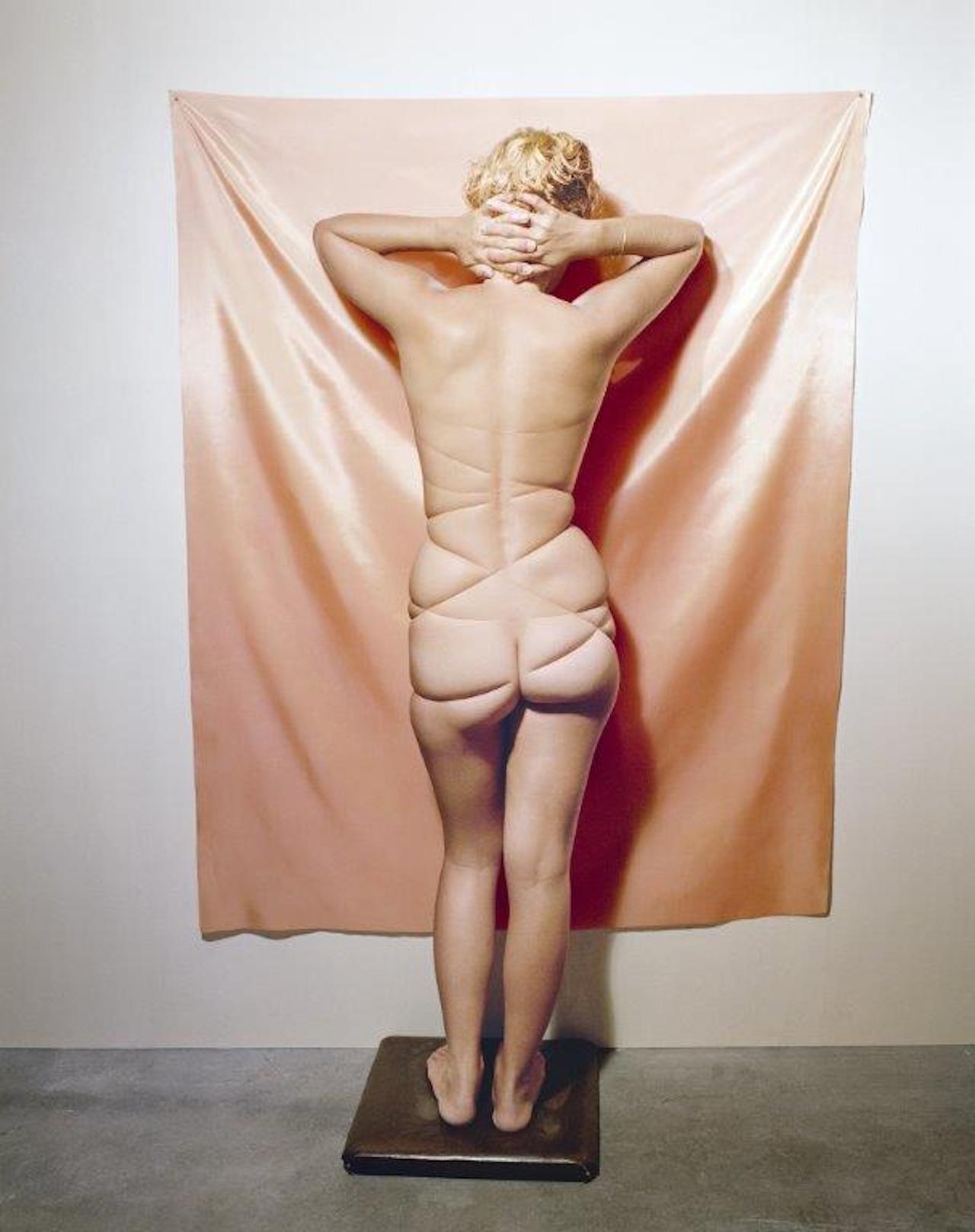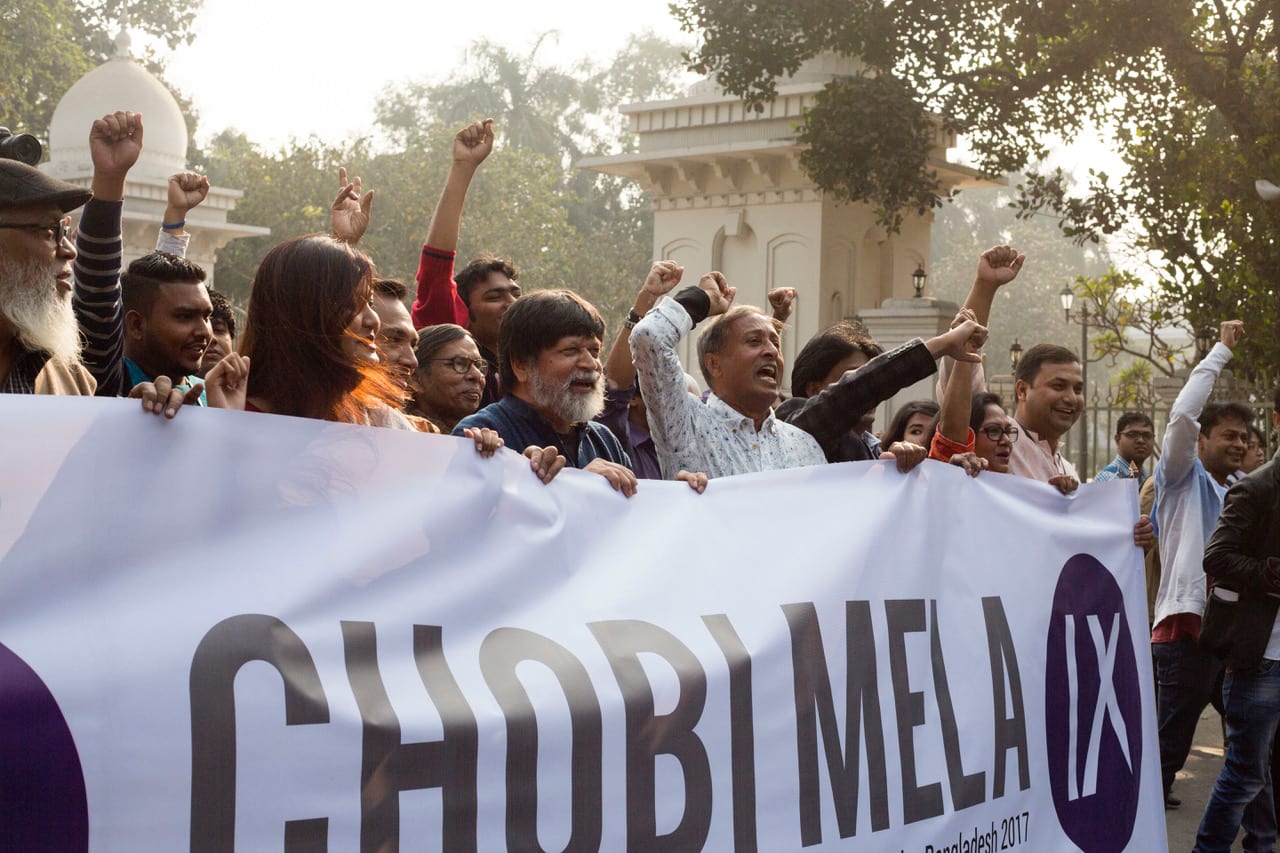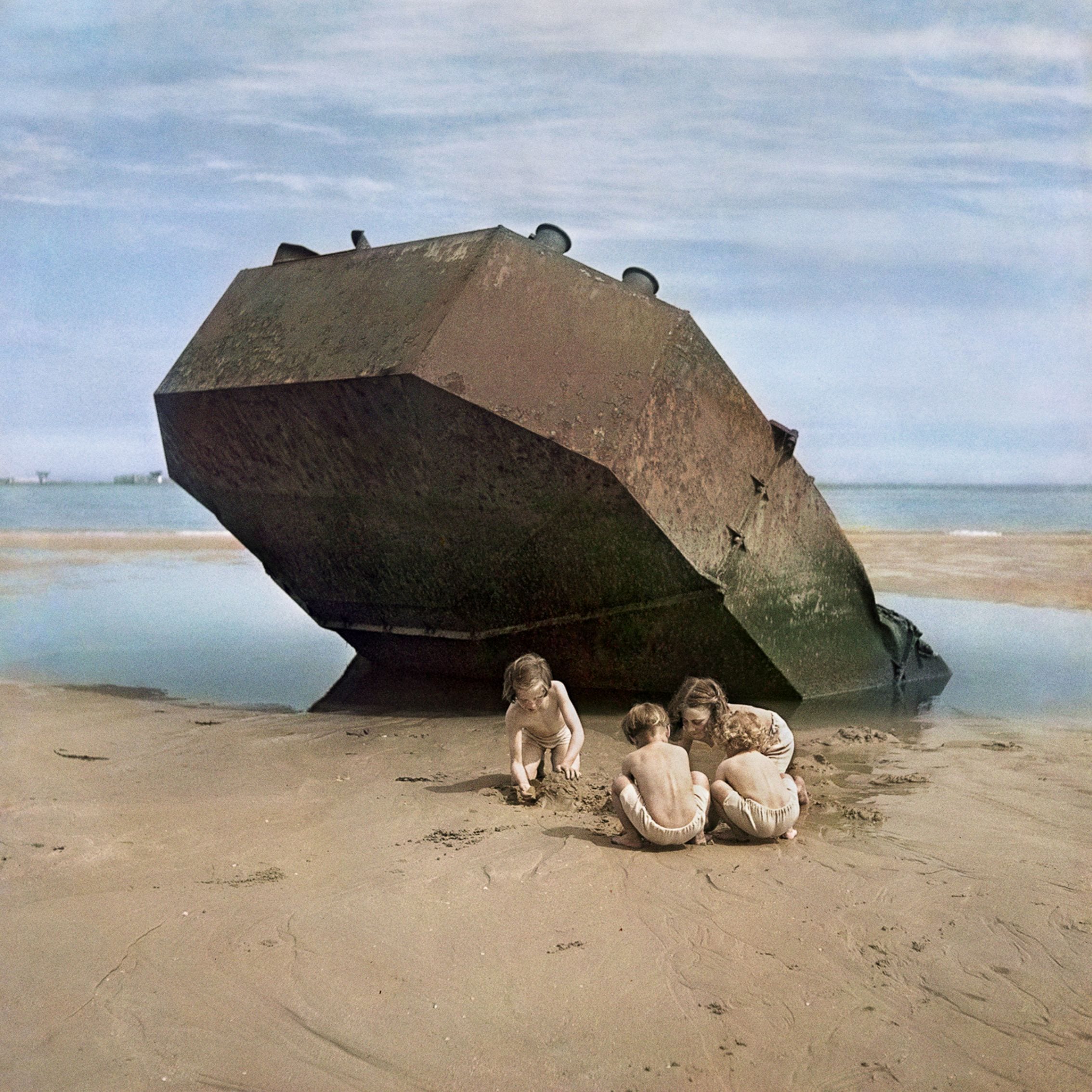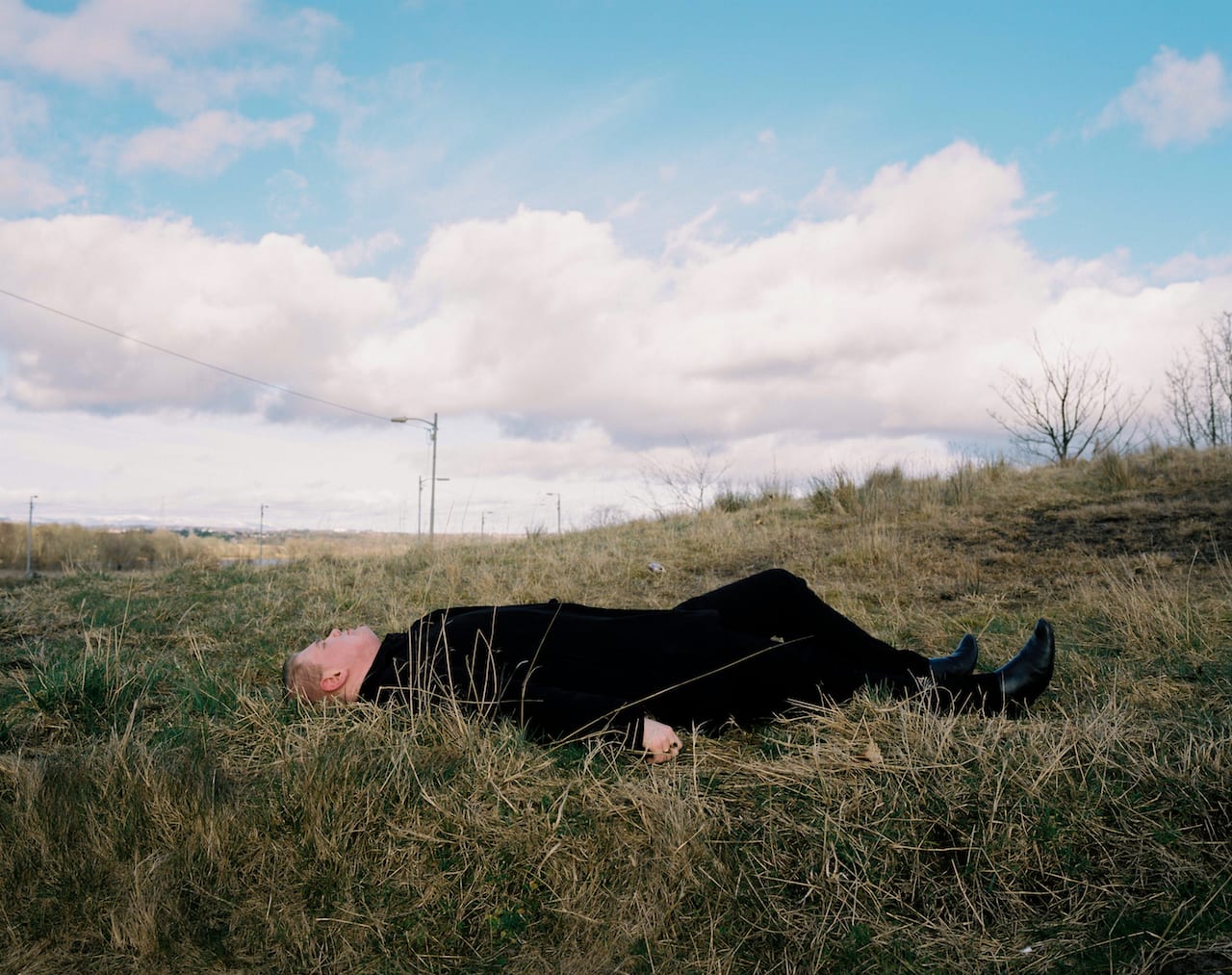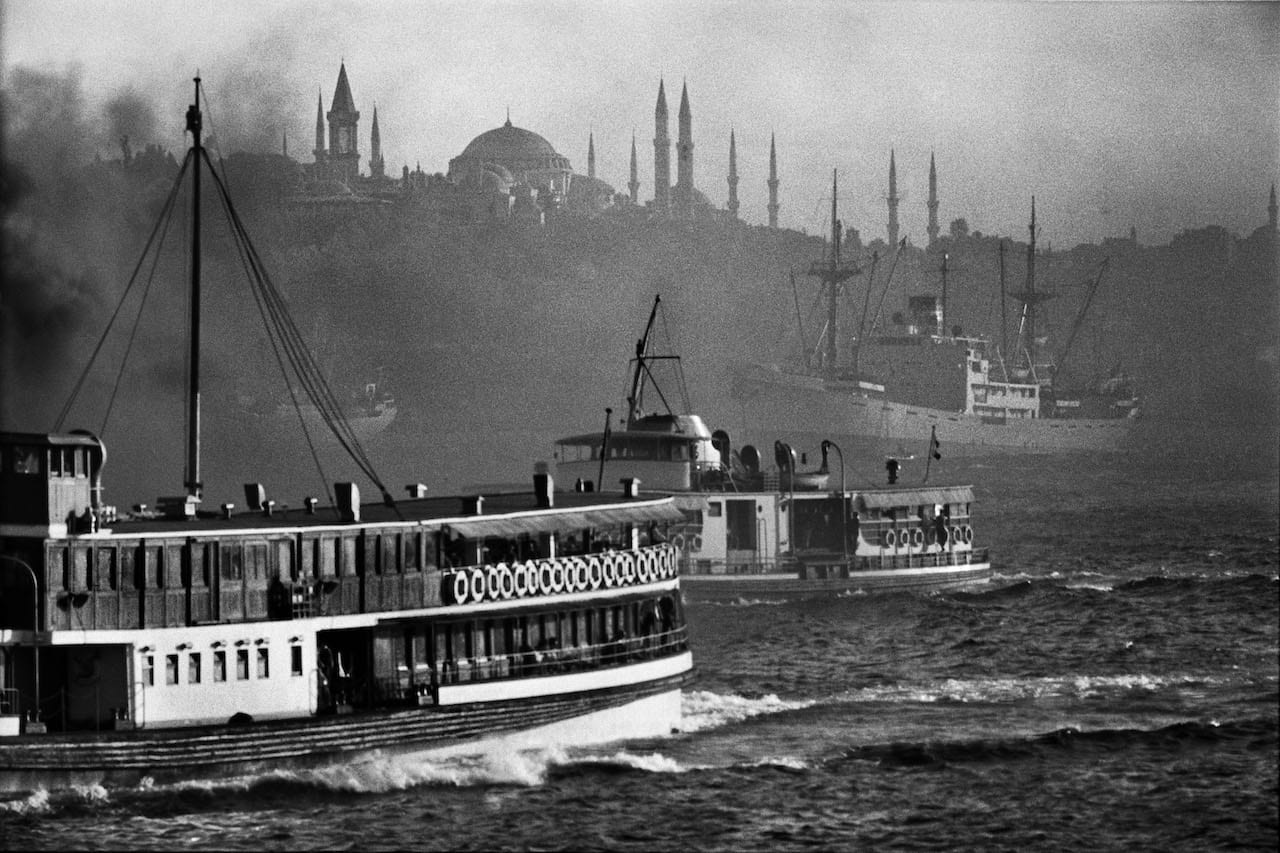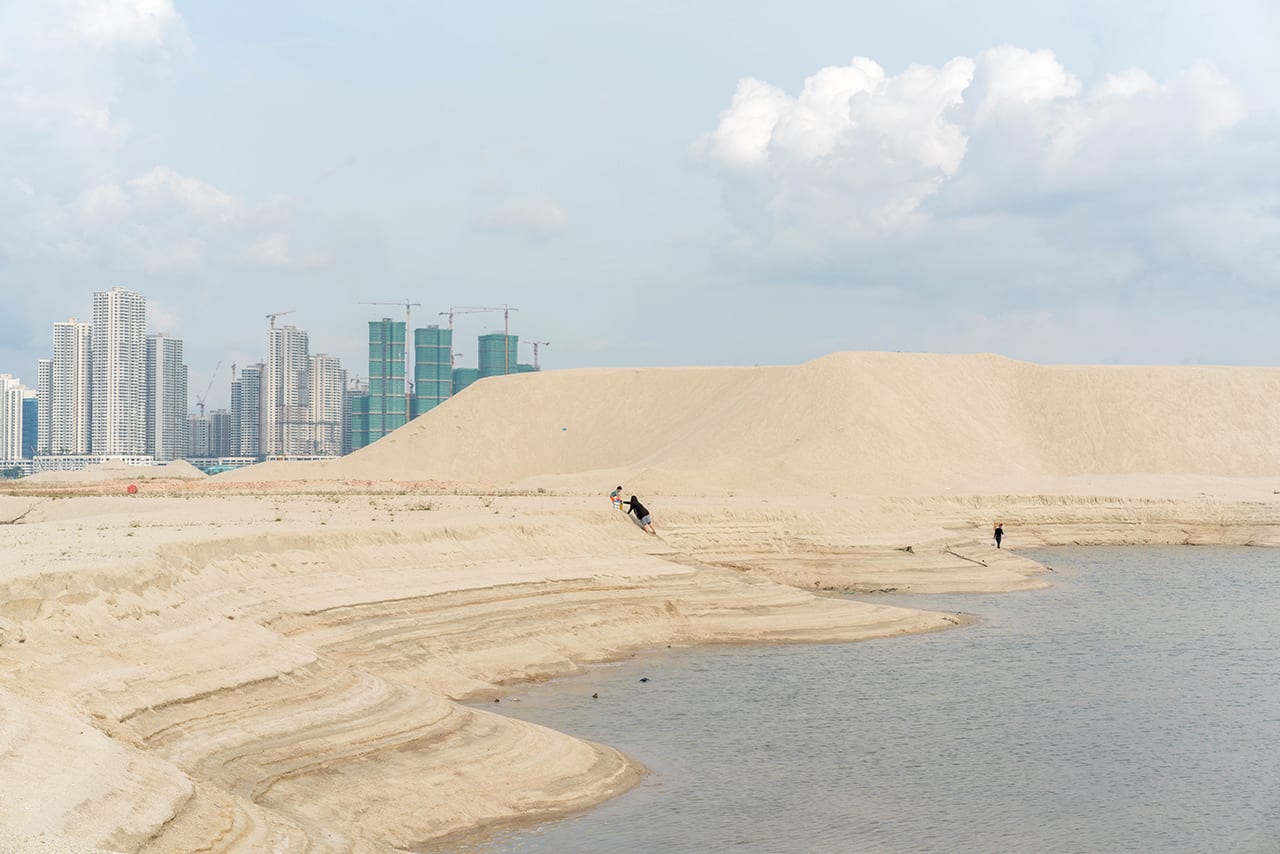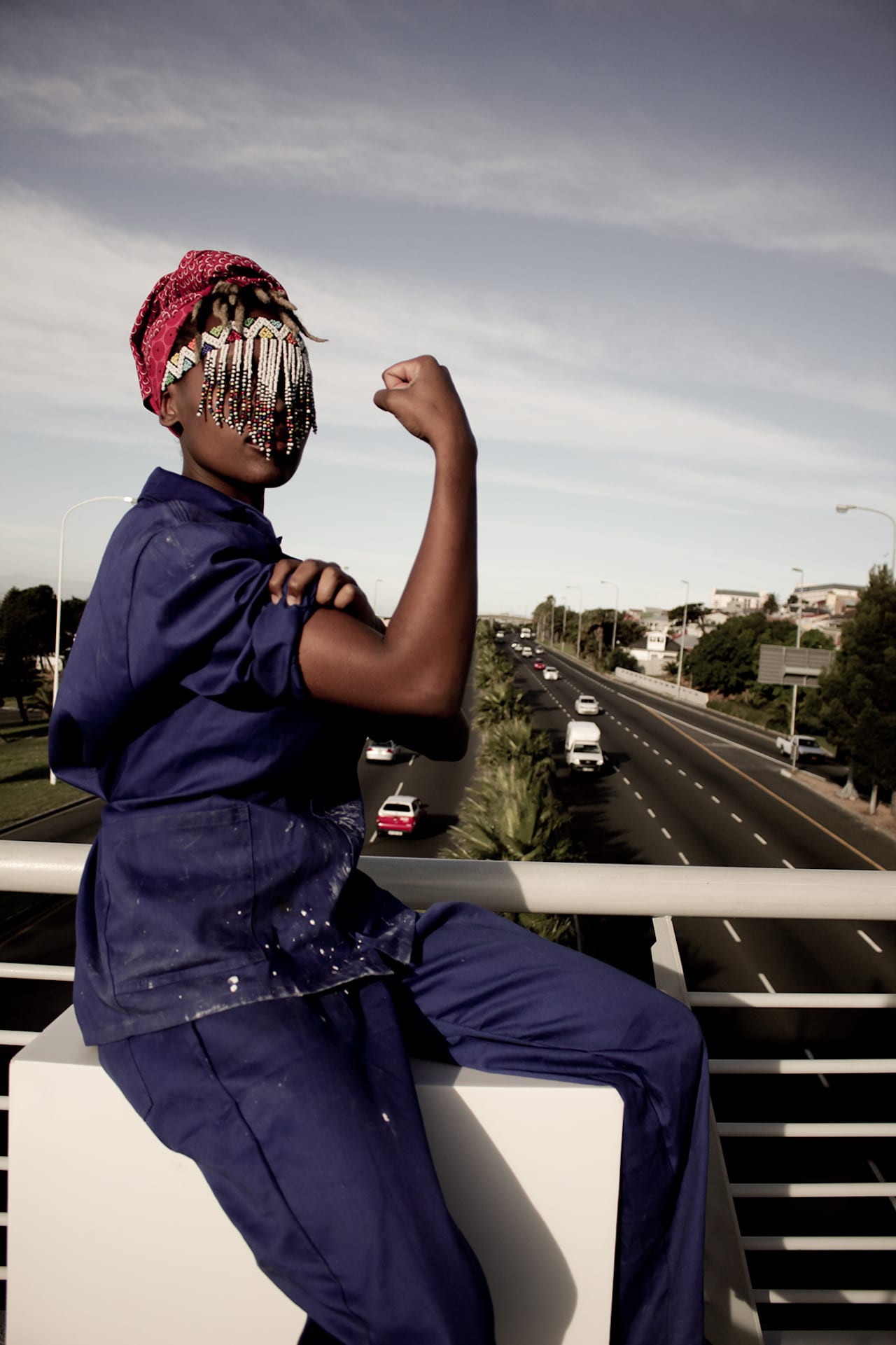Paris Photo is epic, but beyond the Grand Palais there’s a plethora of other photo-related events in the French capital. For those interested in photobooks there are two essential book fairs – Offprint and Polycopies, both showcasing some of the most interesting new work in photography and beyond; there is also a week-long photo focus at the world-famous Left Bank bookshop Shakespeare & Co.


